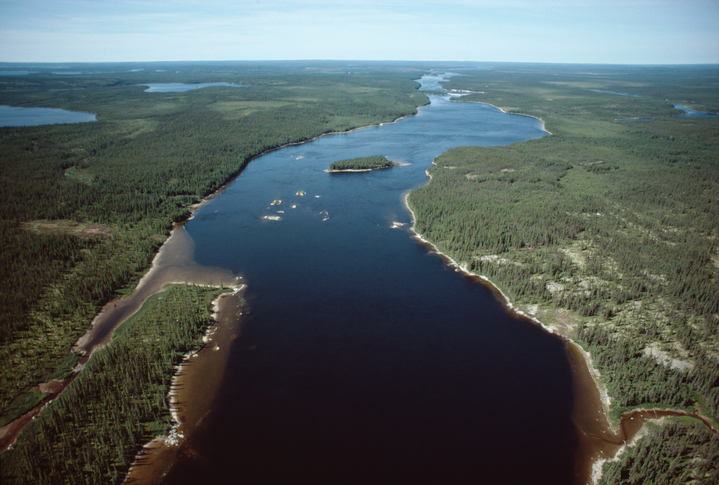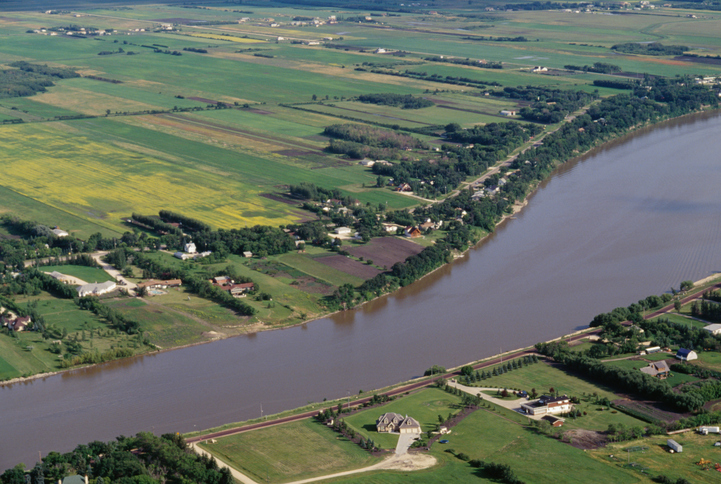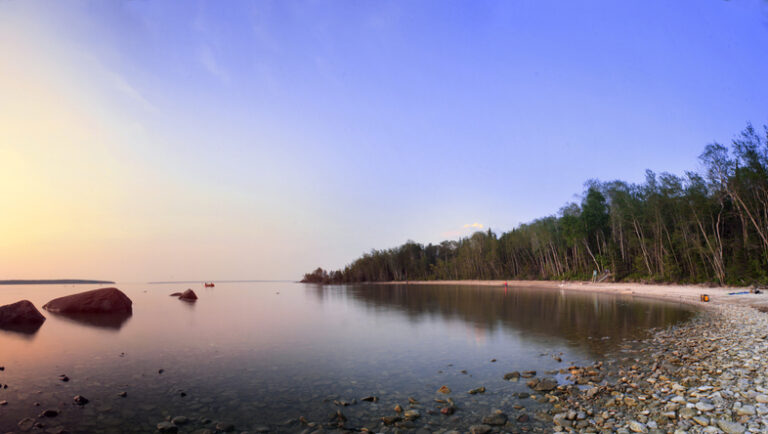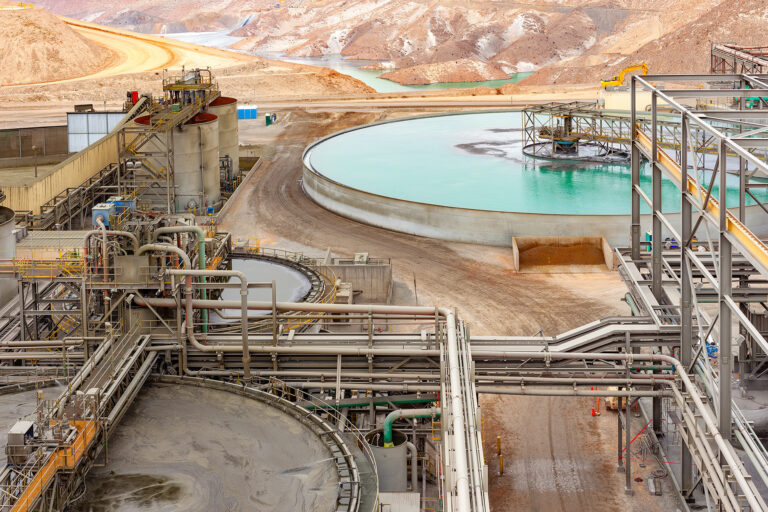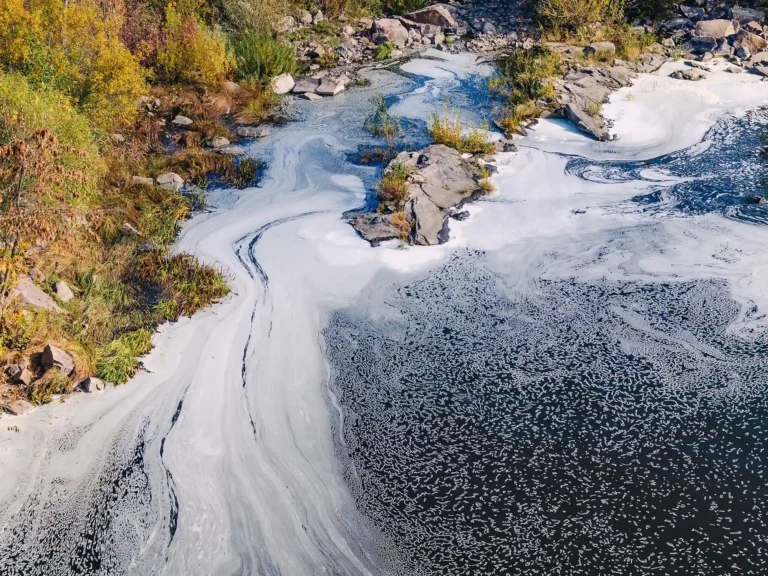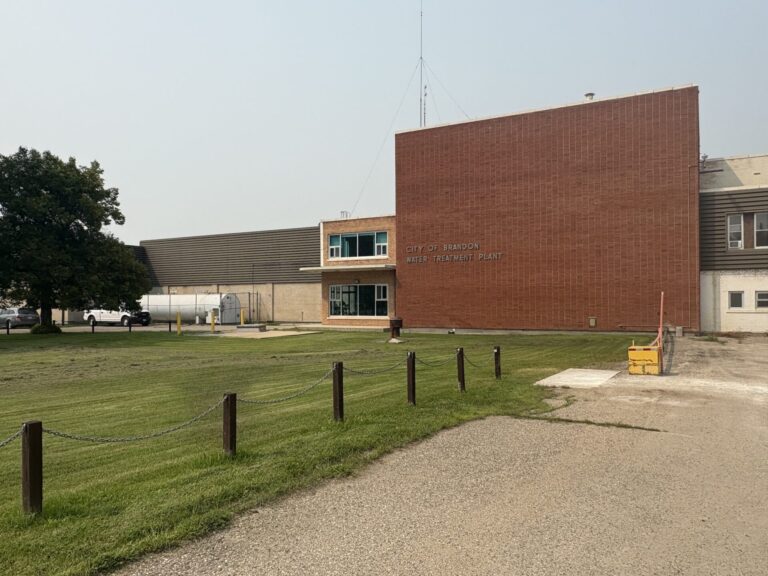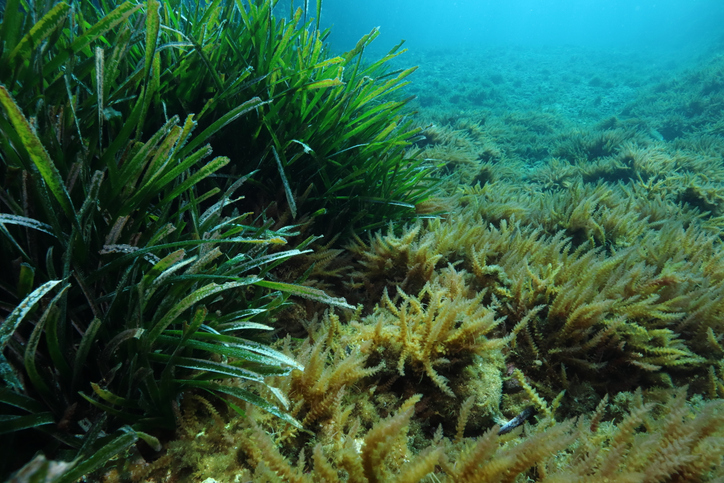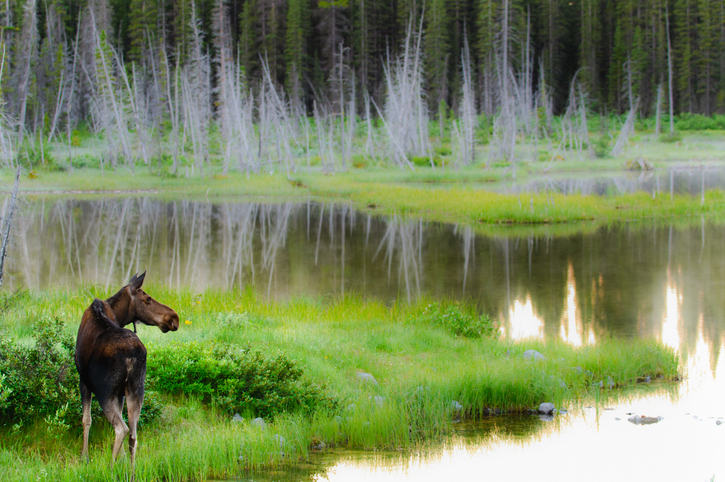The Hudson Bay Lowlands provide nearly CAD $250 million in ecosystem goods and services (EGS) per year through the value of biodiversity conservation, hunting, tourism, and mental health benefits. This vast landscape also stores an estimated 7 billion tonnes of soil organic carbon.
This is all according to a new report from the International Institute for Sustainable Development (IISD), commissioned by the Manitoba chapter of the Canadian Parks and Wilderness Society (CPAWS). The report highlights the economic, environmental, and social benefits of conserving these 67,000 square kilometres.
“The Hudson Bay Lowlands are one of Canada’s most powerful climate solutions and are part of the largest wetland and peatland system in the world,” said Marina Puzyreva, senior policy advisor at IISD. “The carbon storage value alone exceeds CAD $1.2 trillion, which is a substantial contribution in our efforts to mitigate climate change.”
The Hudson Bay Lowlands in northeastern Manitoba are one of the world’s most ecologically intact landscapes and, according to new research, provide millions in economic value every year. The region also holds immense value due to its rich Indigenous heritage, globally significant carbon stocks, and diverse wildlife, making it an excellent candidate for conservation.
Not only are they ecologically significant, but they are culturally vital. Five Indigenous Nations— York Factory First Nation, Fox Lake Cree Nation, Tataskweyak Cree Nation, War Lake First Nation, and Shamattawa First Nation—are working to conserve a vast expanse of this region as an Indigenous Protected Area and safeguard lands, waters, and ways of life.
“Protecting the Hudson Bay Lowlands means honouring generations of Indigenous stewardship and ensuring this globally significant landscape remains intact for our grandchildren’s grandchildren,” said Ron Thiessen, Executive Director of CPAWS’ Manitoba chapter.
The Lowlands cover nearly 10% of Manitoba’s landmass. Conserving large areas of this region would significantly advance the provincial government’s commitment to increasing protected lands and waters for future generations, a critical step in tackling climate change and biodiversity loss.
Read the full report here.

